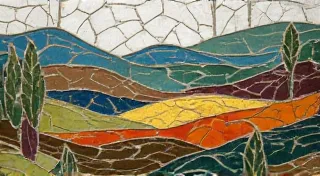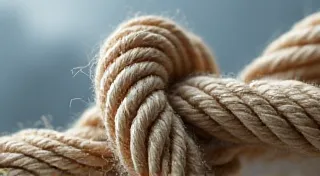The Weaver's Atlas: Lost & Found Patterns Across Continents
There’s a profound, almost melancholic beauty in a perfectly preserved antique accordion. The bellows, once vibrant with music, now lie quiet, reflecting the echoes of generations past. Similarly, in the world of textiles, certain weaving patterns appear with a recurring familiarity, surfacing in vastly different landscapes, hinting at a deeper connection than mere coincidence. They are whispers of shared heritage, echoes of cultural exchange, and testaments to the enduring power of human creativity—a weaver’s atlas, if you will, charting routes of influence and innovation across continents.
My own fascination began, unexpectedly, during a visit to a small village in Guatemala. I was there to photograph traditional Mayan textiles, a riot of color and intricate design. But it wasn't the bold, vibrant hues that captivated me; it was the "stepped diamond" motif. I'd seen it before, years prior, in a collection of antique Japanese Shibori indigo-dyed fabrics. The connection felt uncanny, a visual bridge across the Pacific Ocean. It sparked a question: How could these seemingly unrelated cultures develop such similar patterns, independently?
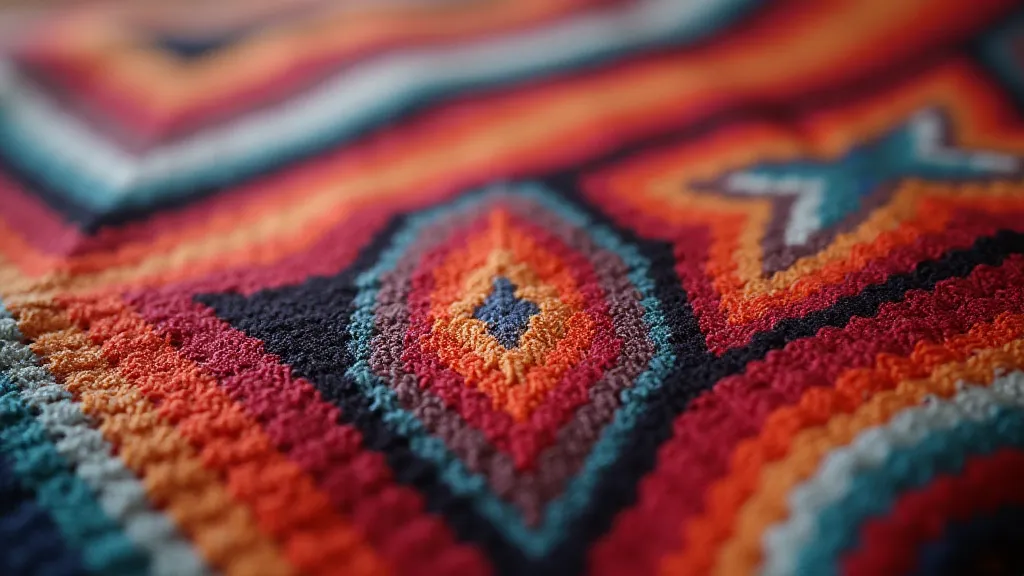
The Tapestry of Cultural Exchange
The story isn’t simple, and definitive answers are often elusive. The movement of ideas, technologies, and people has been a constant throughout history. The Silk Road, a network of trade routes spanning Asia, Africa, and Europe, stands as perhaps the most well-documented example of cultural exchange. Chinese silk production techniques, for instance, gradually spread westward, influencing textile traditions across the Middle East and into Europe. The motifs carried on these textiles, while often adapted and reinterpreted, left an indelible mark on the artistic landscape of the receiving cultures.
Beyond the Silk Road, maritime trade routes played a crucial role. The Portuguese, Dutch, and Spanish empires, with their extensive colonial reach, facilitated the movement of goods and people, inevitably leading to the transmission of artistic and technical knowledge. The Indonesian batik tradition, with its intricate wax-resist dyeing techniques, demonstrates this influence. Elements of African textile designs, carried by enslaved people, found their way into the Caribbean and the American South, contributing to the development of unique regional styles. The challenge lies in disentangling the layers of influence, discerning the direct lineage of design elements from the myriad possibilities of independent invention.
The Resilience of the Stepped Diamond
Let’s return to the “stepped diamond,” that persistent motif. It appears in ancient Andean textiles, depicting stylized mountains or ceremonial structures. It’s present in pre-Columbian North American weaving, often incorporated into geometric compositions. In Japan, it's a key element in Shibori, utilized to create mesmerizing patterns in indigo-dyed cloth. Its adaptability speaks to a fundamental human instinct to represent the world through geometric abstraction. Perhaps it represents stability, a sense of groundedness, or simply the pleasing repetition of a visual rhythm.
There are several theories regarding its origins. Some scholars believe it may have originated in the Near East and spread westward with the expansion of empires. Others argue for a more independent development in the Americas, reflecting indigenous cosmological beliefs. The truth likely lies somewhere in between, a complex interplay of migration, trade, and cultural borrowing. The key takeaway isn’t necessarily pinpointing a single origin point, but rather appreciating the dynamic nature of cultural exchange and the resilience of these patterns across time and distance.
The Weavers' Hands: Craftsmanship and Preservation
The beauty of these regional weaving patterns isn't solely in their aesthetic appeal; it's deeply intertwined with the skill and craftsmanship of the artisans who create them. Traditional weaving techniques are often passed down through generations, carrying with them not only the knowledge of how to manipulate the loom but also the stories and cultural significance embedded within the designs. Visiting a weaving workshop, observing the nimble fingers dancing across the threads, is a truly humbling experience.
The preservation of these traditions faces significant challenges. Globalization and mass-produced textiles threaten the economic viability of traditional weaving practices. Younger generations may be drawn to more modern pursuits, leading to a decline in the number of skilled artisans. Fortunately, there’s a growing awareness of the importance of preserving cultural heritage, and initiatives are underway to support traditional weaving communities.
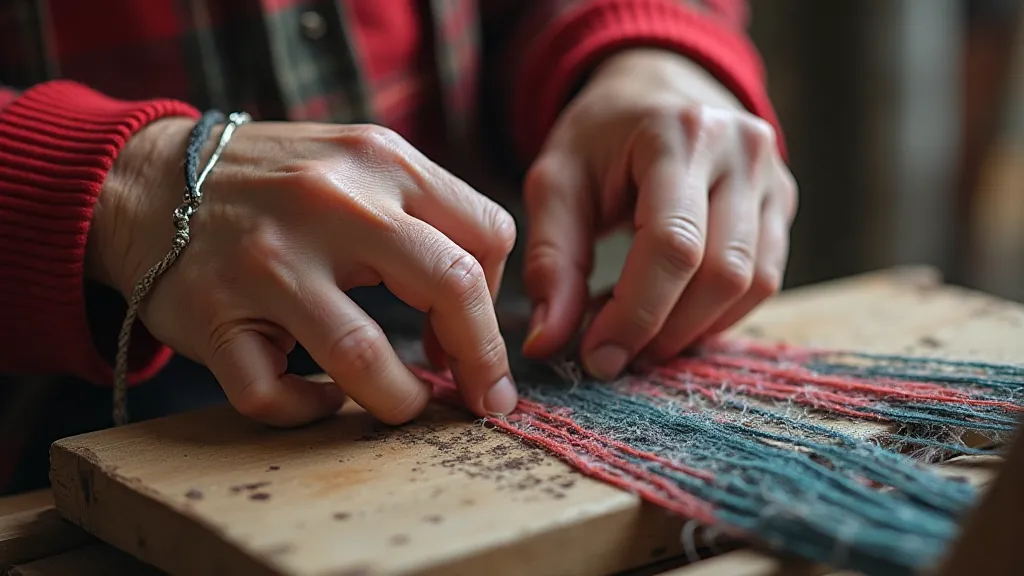
Collecting and Restoration: A Gentle Touch
For those interested in appreciating and preserving these weaving treasures, collecting antique textiles can be a rewarding endeavor. However, it's crucial to approach it with a respectful understanding of their history and cultural significance. Authenticity is paramount, and thorough research is essential. Supporting ethical sources and working with reputable dealers is crucial.
Restoration, when necessary, should be undertaken with the utmost care. Often, the beauty lies in the imperfections – the slight fading of dyes, the subtle irregularities in the weave. Over-restoration can strip away the character and history of the piece. A skilled textile conservator can stabilize fragile fabrics, clean them gently, and address minor repairs without compromising their integrity.
The process of researching and restoring an antique textile can be a journey of discovery, revealing glimpses into the lives of those who created and used these objects. You begin to appreciate the countless hours of labor invested in each piece, the cultural significance embedded within the designs, and the resilience of human creativity across continents.
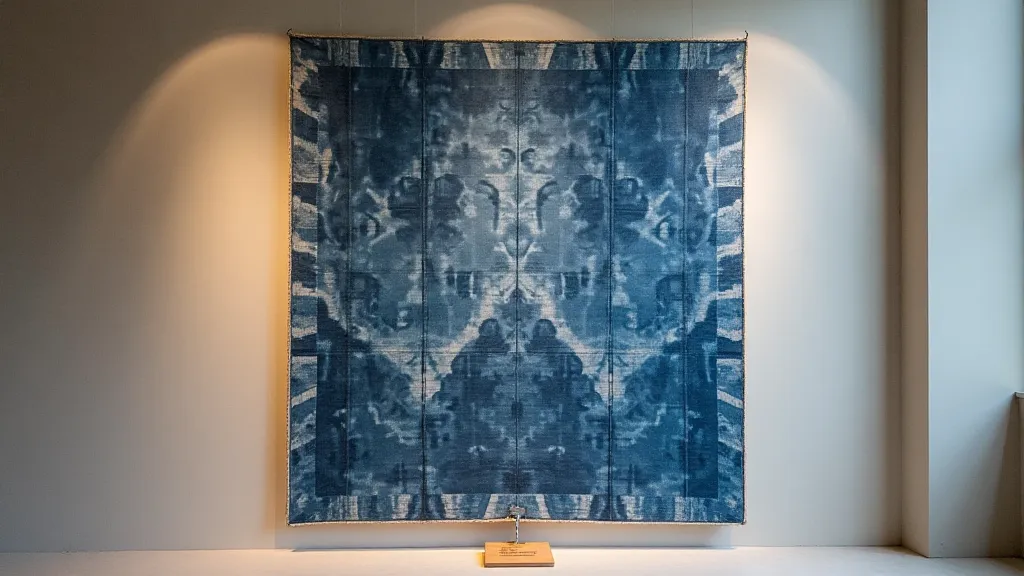
A Continuing Story
The “weaver’s atlas” is an ever-evolving document, a testament to the interconnectedness of human cultures. As new research emerges and forgotten traditions are rediscovered, our understanding of these shared patterns will continue to deepen. The next time you encounter a seemingly familiar design in a distant land, take a moment to appreciate the rich history and the human ingenuity that brought it into being. It’s a reminder that we are all part of a larger, global story, woven together by threads of creativity, exchange, and enduring beauty.
